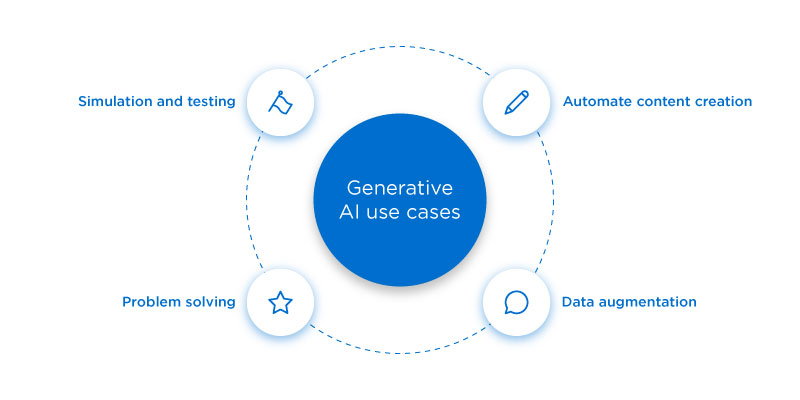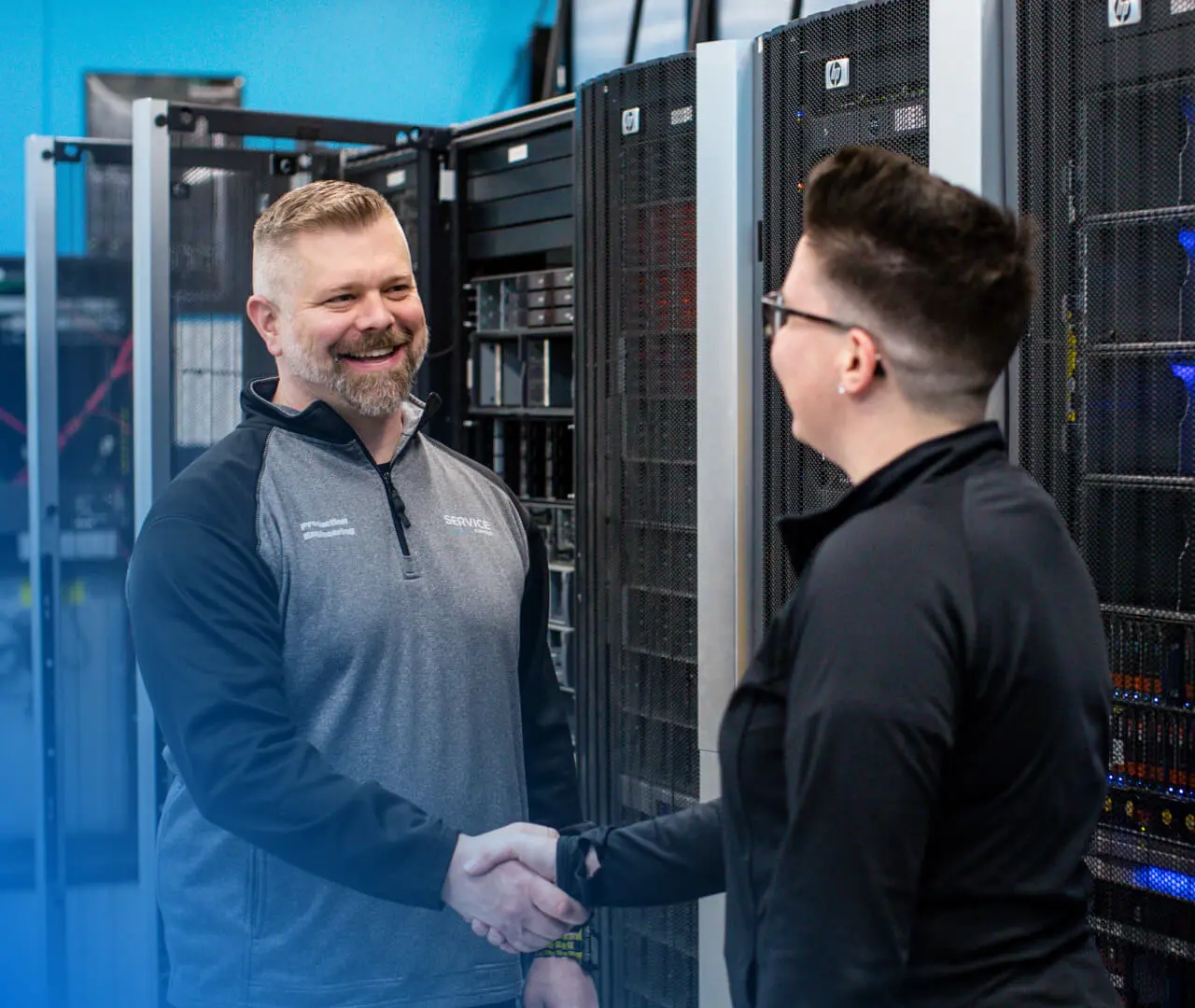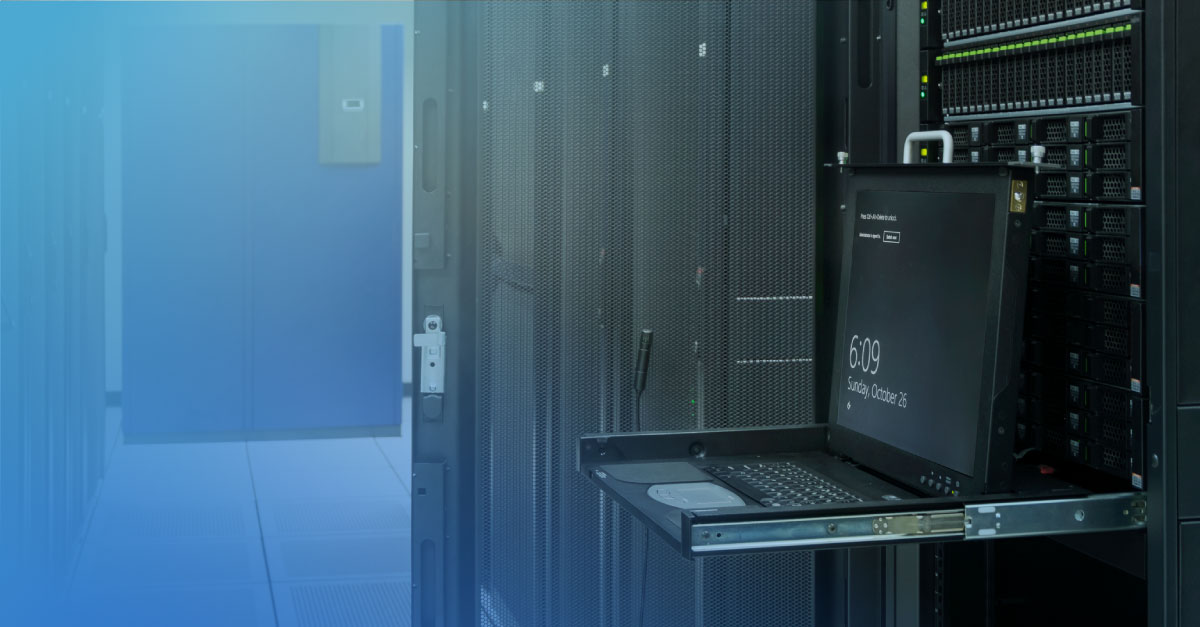As economic uncertainty continues, cost reduction remains an ever-present goal among global organizations. Adopting strategies to streamline processes, optimize spending and maintain resiliency is crucial for businesses within the IT and data center space. With IT and finance departments at the forefront, developing and implementing efficient strategies are imperative.
AI: A tool for efficiency
Companies are feeling the pressure to drive efficiency through data and automation, where generative AI can be an effective solution. Many CIOs already implement generative AI by utilizing ChatGPT and other tools to enhance workstreams. According to a 2023 report by Freshworks, over 90% of IT directors and upper management use AI to support their work.
Nearly half of IT professionals agree that this technology significantly reduces their workloads, saving more than five hours per week, according to Freshworks. As software providers continue integrating AI capabilities into their offerings, now is the time for experimentation to discover where AI fits in your company strategy.
What is generative AI?
Generative AI is a subset of artificial intelligence that focuses on creating content in text, images, music or videos. At the core, generative AI models understand patterns in data and generate new, similar data based on what they’ve learned. This process isn’t about direct replication but about understanding the underlying structure and nuances of the input data to produce fresh, unique outputs.
Although generative AI is still in its early phases, its evolving capabilities can substantially change business operations. In the future, AI may write code, design new drugs, develop products and transform processes like supply chains.
Key components of generative AI:
- Training: The model is exposed to vast amounts of data to understand patterns and variations within the data.
- Generation: Once trained, the model can produce new content that reflects these patterns and structures.
- Applications: Generative AI finds applications in various fields, from creating artwork to generating music, simulating realistic human voices and even designing innovative products.
How organizations can leverage generative AI

Generative AI can play several pivotal roles when it comes to IT organizations:
- Automate content creation: IT companies with large-scale content creation can leverage generative AI to produce drafts or templates, speeding up content production.
- Data augmentation: For organizations that work with machine learning, generative AI can create additional training data, enhancing the robustness of other models.
- Simulation and testing: In software development and testing phases, generative AI can produce various user inputs or scenarios to test the robustness and flexibility of software solutions.
- Innovative problem solving: Generative models can brainstorm and generate solutions or approaches that might not be immediately evident to human developers, opening doors to innovation.
Further, data centers are uniquely positioned to benefit from generative AI and advance operations through:
- Predictive analytics that optimize power usage and network traffic, adding efficiencies and improving resource management
- Enhanced security that detects issues and threats in real-time
- Predictive maintenance and workload management that improves service delivery and minimizes downtime
For example, predictive analytics can combat the substantial heat that computing demands produce. Operators can use AI to cool hardware more efficiently, reducing costs and improving energy efficiency. Predictive analytics can reduce infrastructure inefficiencies by fine-tuning power allocation and rack space to cut operational costs and improve power usage effectiveness (PUE).
Navigating forward: Strategic and cautious AI adoption
Cost reduction amidst economic constraints is a shared goal across the industry. With the right strategy, minimizing costs while propelling business growth is possible. The journey begins with collaboration among stakeholders, an understanding of top priorities, and strategic AI integration to unlock value, surpass expectations and achieve business objectives.
Implementing generative AI in data centers not only presents an opportunity to enhance efficiency and reduce costs but also positions organizations to be more resilient and adaptable in facing future economic challenges. With careful planning and execution, AI can be a valuable ally in navigating economic downturns while ensuring data centers continue to operate efficiently and effectively. The IT industry must continue to evolve to support emerging data center challenges and maximize generative AI’s potential.
Topics:




